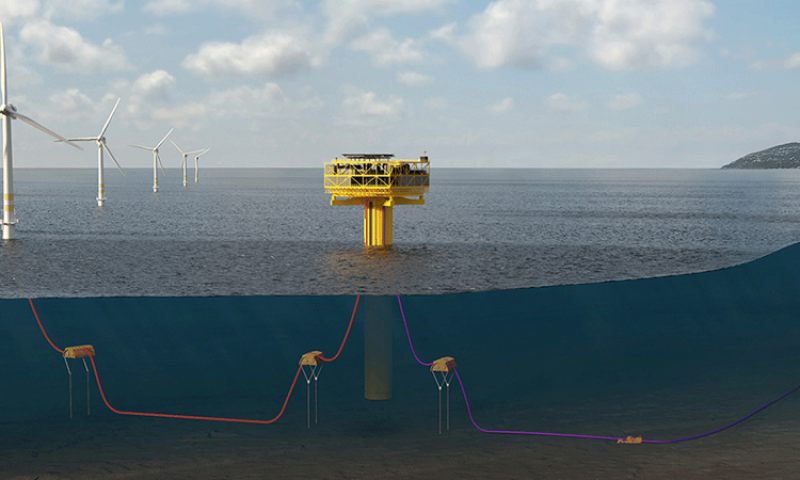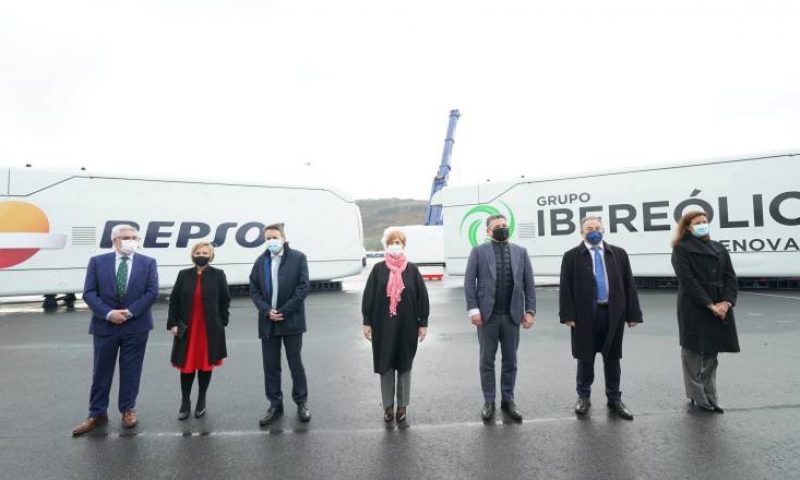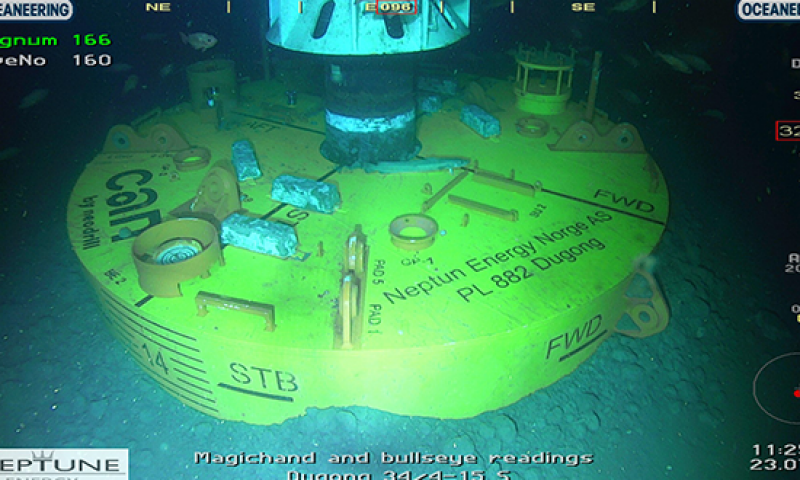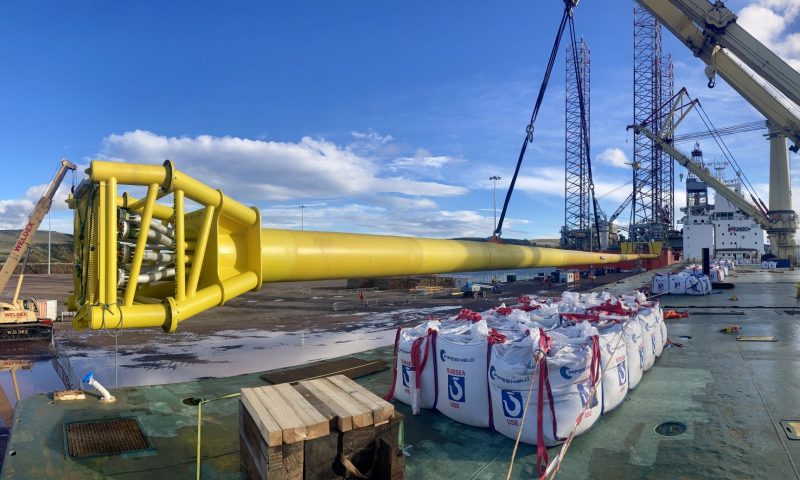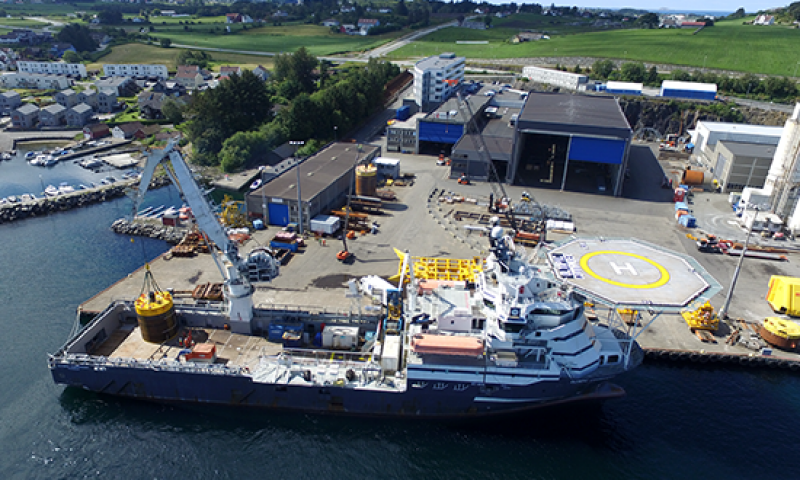
Neodrill’s CAN-Ductor Proves its Green Credentials
Neodrill, the company behind the industry-leading CAN technology, has shared the Life Cycle Assessment report for its work on Repsol’s Kathryn Well. The report was carried out by Asplan Viak, Norway’s leading engineering consultancy.
The LCA study compared the environmental impact of a well drilled using the CAN-ductor technology, to that of a conventionally drilled well. The report analysed all aspects of tophole activity, including drilling and supply vessels, energy, and casing materials as well as the production, installation, removal and maintenance operations of the CAN-ductor unit.
The reference well used for the report was Repsol’s Kathryn Well. Located in the Norwegian North Sea, the well is about 140 km from the onshore mobilization port in roughly 100 m water depth. Characterised as having sandy seabed conditions, the Kathryn well was the first installation of the CAN technology in sand-based conditions. Sand-based seabeds pose bigger installation challenges than clay seabeds. To overcome the challenges posed by the sand, the Neodrill team re-engineered the installation process by adding a water injection system to the CAN to overcome the tip friction of the internals of the structure.
The report compared the processes for both the CAN and conventional drilling methods across eight environmental impact categories, including CO2 emissions. It was found that reduced rig time and the decreased volume of materials required by the CAN technology, such as cement and steel in well casings, were the main reasons for the its strong environmental credentials. In total, the rig time was reduced from seven days on a conventionally drilled well, to four days using the CAN technology. Cement savings were reduced from 241 m3 with the conventionally drilled well, to only 53m3 using the CAN-ductor technology.
Commenting on the report, Neodrill’s Chief Executive Officer, Jostein Aleksandersen said: “Making positive changes in the industry is part of our core values.Through all of our innovations, we ensure that delivering on this is built into our products from the outset.
“The Kathryn well was our first application of the technology in sand based seabed conditions. As a team of problem-solvers, we successfully re-engineered the CAN installation mechanism and are proud to be offering this new solution to operators experiencing sandy conditions.”
Harald Blikra, Repsol Norge’s Well Construction Manager said: “Technology is a mainstay of Repsol, and we are always looking for innovative solutions to increase the sustainability and efficiency of our assets. Repsol’s goal was to drill a fast, cost efficient and low risk exploration well. The challenges on the Kathryn location was firm sand on the sea bottom from the first meter. Together with Neodrill we modified the system to ensure that we successfully could install the CAN system in sand formation for the first time. In addition, we achieved a reduced environmental impact on the operation as such and this was a bonus for the whole team.”
This is the second Life Cycle Assessment performed on the CAN-ductor technology by Asplan Viak. This first report examined the use of the technology on Siccar Point’s Cambo well in the UK Continental Shelf. This report found that the CAN-ductor reduced environmental impact by up to 44% on top hole activity. Both reports prove the CAN technology consistently reduces CO2 emissions for top hole activity. The reduction in CO2 for the Cambo Well was 32% and the Kathryn well was 31%.




